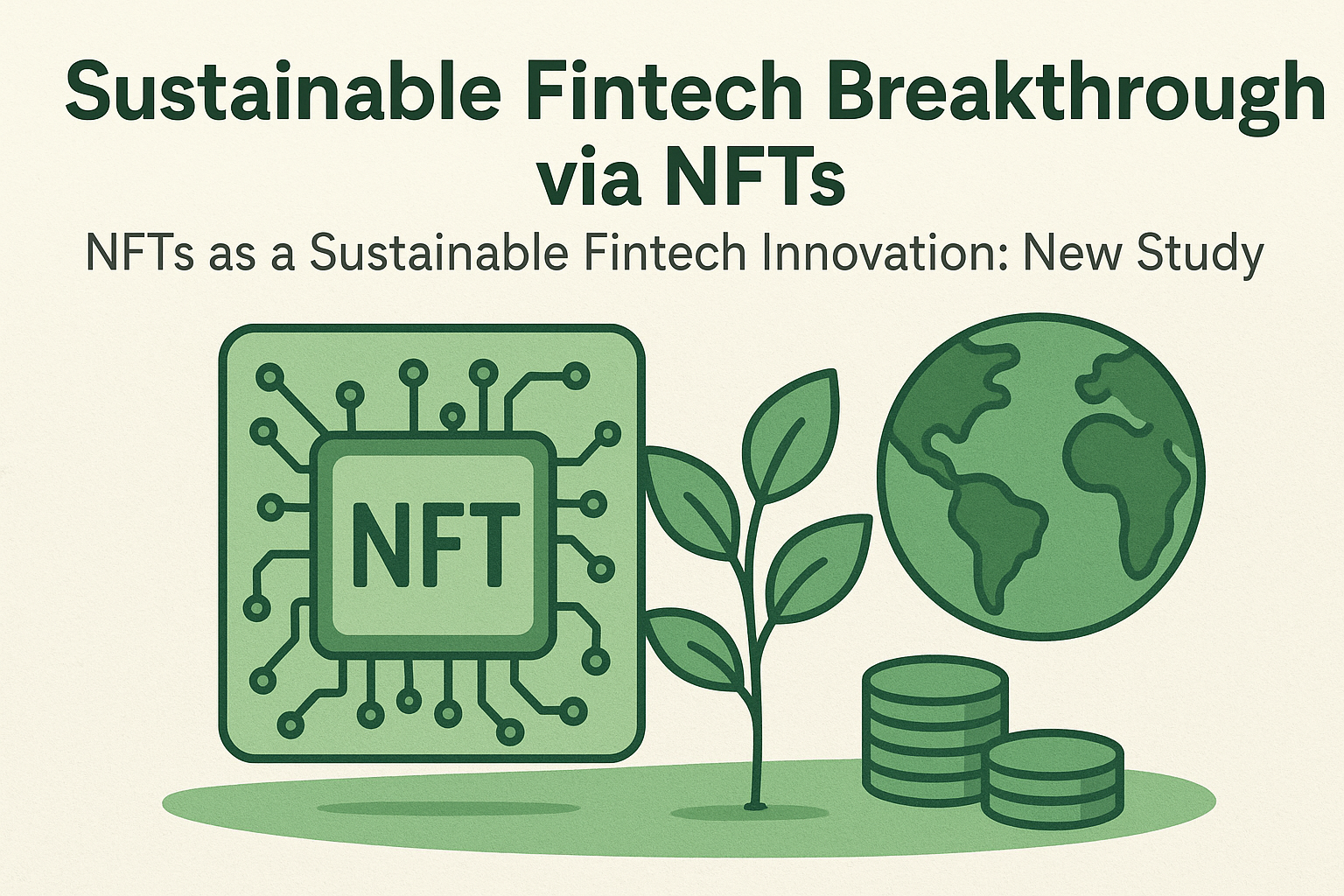As environmental concerns rise and energy usage in crypto remains under scrutiny, a new movement is gaining ground: sustainable blockchain development. Leading this green revolution are platforms like Cardano, Algorand, and Hedera, which are proving that decentralization and environmental stewardship can go hand in hand.
These protocols are at the forefront of eco-conscious innovation, driving forward energy-efficient consensus models, carbon-negative operations, and climate-oriented partnerships.
Why Sustainability Matters in Blockchain
The mainstream criticism of cryptocurrencies—especially Bitcoin—often centers on their high energy consumption, primarily due to proof-of-work mining. This concern has pushed a wave of developers and investors to back solutions that maintain decentralization while minimizing environmental impact.
Enter: proof-of-stake (PoS), directed acyclic graphs (DAGs), and carbon offsetting partnerships—all hallmarks of the next generation of sustainable blockchain infrastructure.
The Eco-Friendly Leaders
Cardano (ADA)
Built on a proof-of-stake consensus protocol called Ouroboros, Cardano is among the most energy-efficient major blockchains. It has collaborated with environmental NGOs and funded reforestation projects, aligning its tech with global ESG goals.
Algorand (ALGO)
Algorand is carbon-negative by design, purchasing offsets to counterbalance its already low energy footprint. Its network supports green token launches and sustainability-focused DeFi platforms.
Hedera (HBAR)
Hedera uses hashgraph consensus, which is not only faster but also dramatically less energy-intensive than traditional blockchains. Hedera is also a founding signatory of the Crypto Climate Accord, aiming for net-zero emissions in the blockchain industry.
The Crypto Climate Accord and Beyond
The Crypto Climate Accord (CCA)—inspired by the Paris Climate Agreement—is a private sector-led initiative with over 250 supporting organizations. Its goal: to make the crypto industry 100% renewable-powered by 2030.
More than just carbon offsets, the CCA advocates for:
-
Transparent reporting of energy usage
-
Incentives for renewable-powered nodes
-
Standards for sustainability-linked blockchain assets
This wave of commitment indicates a broader industry evolution, where sustainability becomes a core design principle, not an afterthought.
Why It Matters to Investors
Eco-conscious investors are increasingly aligning portfolios with ESG standards. Green blockchains offer:
-
Long-term viability amid regulatory pressure
-
Broader institutional appeal
-
Support for environmentally focused apps (like carbon credit markets)
By supporting platforms like Cardano, Algorand, and Hedera, investors are not only backing powerful technologies—but also voting for a cleaner digital future.
The shift toward sustainable blockchain infrastructure is not just a niche trend—it’s the future of crypto innovation. With rising energy awareness and industry-led initiatives like the CCA, green crypto projects are defining what responsible decentralization looks like. And it’s just the beginning.




